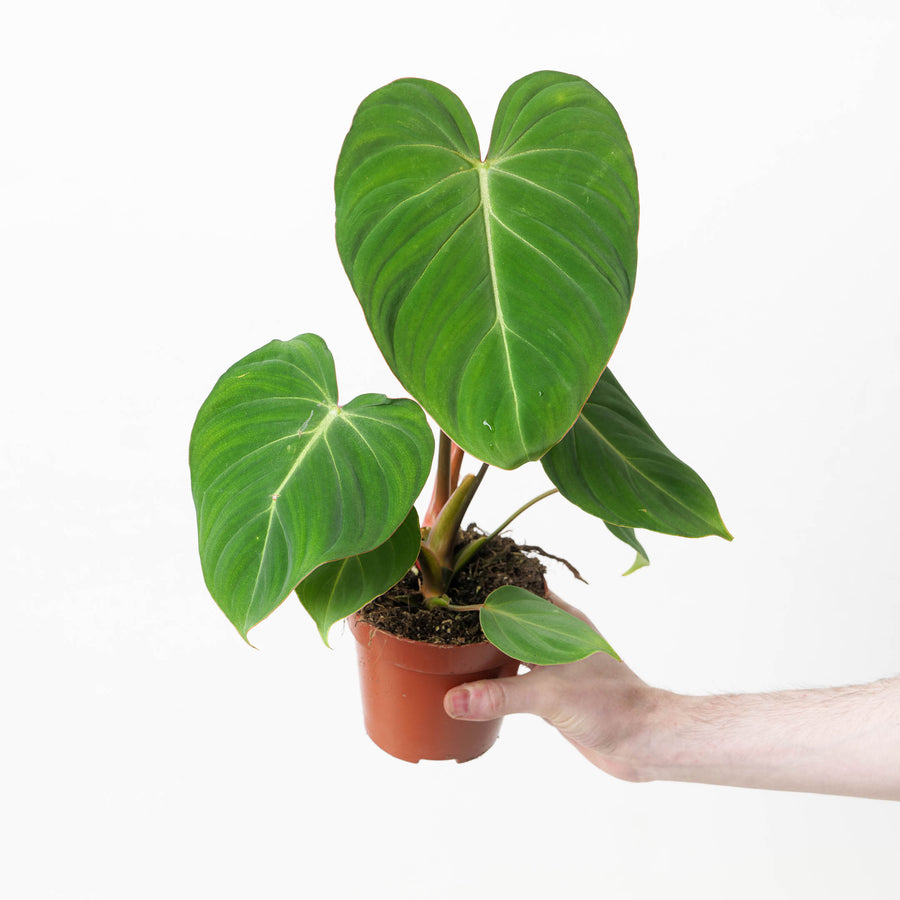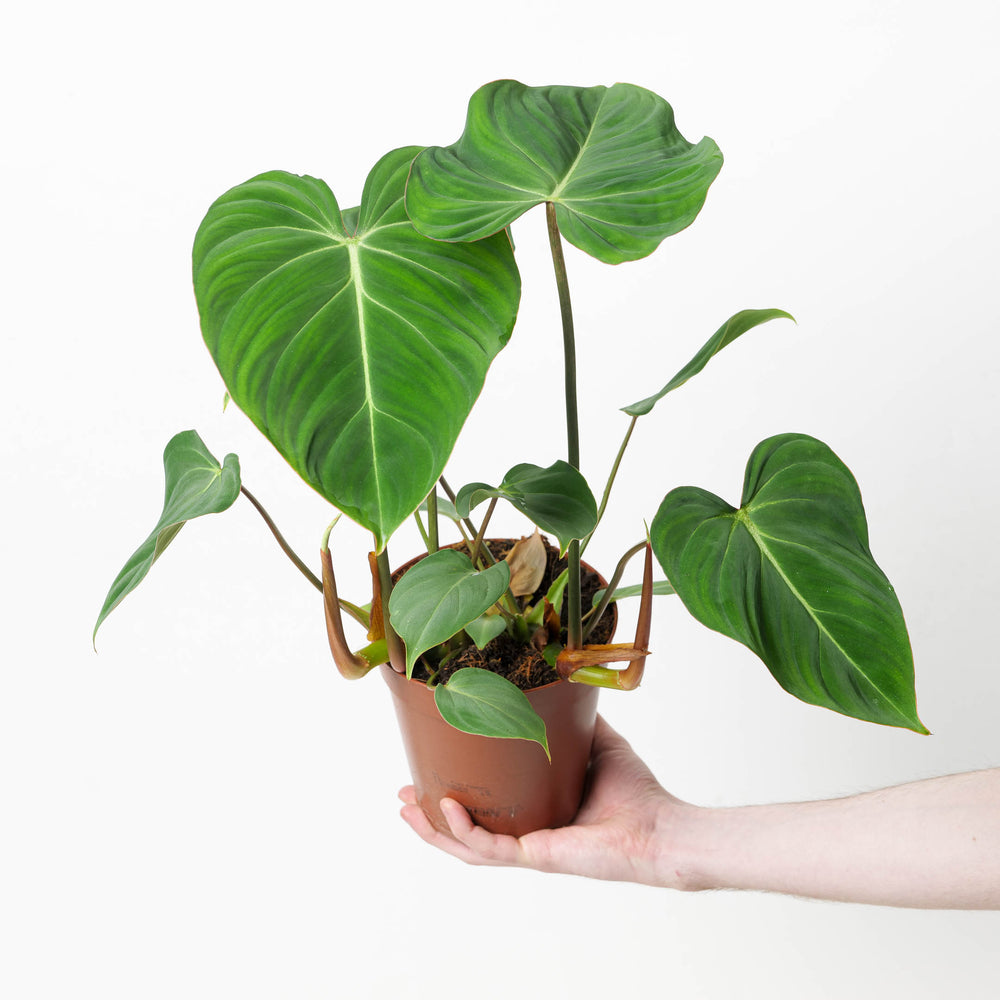Anthurium schottianum is a rare species within the section Pachyneurium, notable for its large, thin, ovate leaves. These leaves are distinguished by their free basal veins, which lack a pronounced posterior rib, an anatomical feature that sets it apart from other species in the genus.
Its flowering structure is equally unique, with a short peduncle and a spadix that is often purple. The spathe surrounding the spadix can be ovate-lanceolate, frequently twisted, and sometimes takes on a purplish hue, adding to its visual appeal. This species is native to a small region of premontane wet forest in southwestern Costa Rica, making it highly specific in its natural range and habitat preferences.
The combination of its striking foliage and twisted spathes makes it a standout for Anthurium enthusiasts who appreciate rare and unusual species.
Native to
This species is known only from the premontane wet forests of southwestern Costa Rica. It thrives in humid, sheltered environments within the basal belt transition zone, where the temperature and moisture are consistent throughout the year.
Water
Like many Anthuriums, A. schottianum prefers moist, well-drained soil. Keep the substrate consistently damp but avoid waterlogging, which can lead to root rot. Let the top layer of soil dry out slightly before watering again.
Light
This plant thrives in bright, indirect light, akin to the dappled light it would receive under the canopy in its native habitat. Avoid exposing it to direct sunlight, which can damage the delicate leaves and flowers.
Humidity
High humidity, preferably between 70-80%, is necessary to keep A. schottianum healthy. Regular misting or a humidifier can help maintain these conditions. Given its humidity needs, it also performs well in large terrariums or greenhouses.
Temperature
Anthurium schottianum thrives best in temperatures between 18-24°C. Ensure the plant is not exposed to temperatures below 15°C, as it is sensitive to cold drafts, which can cause stress and slow its growth.








